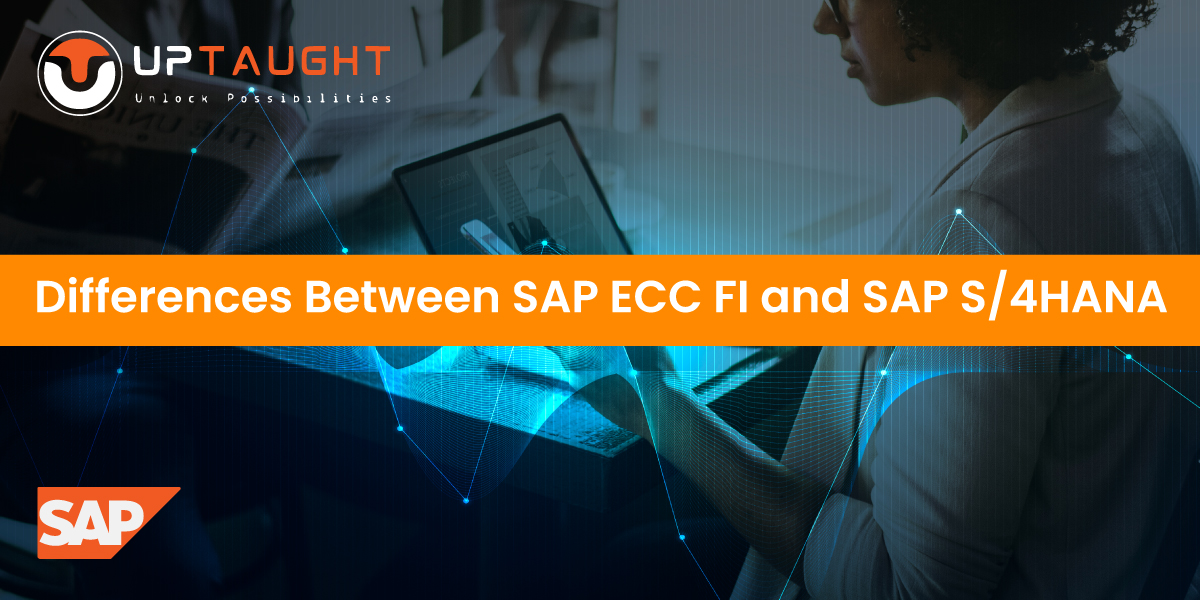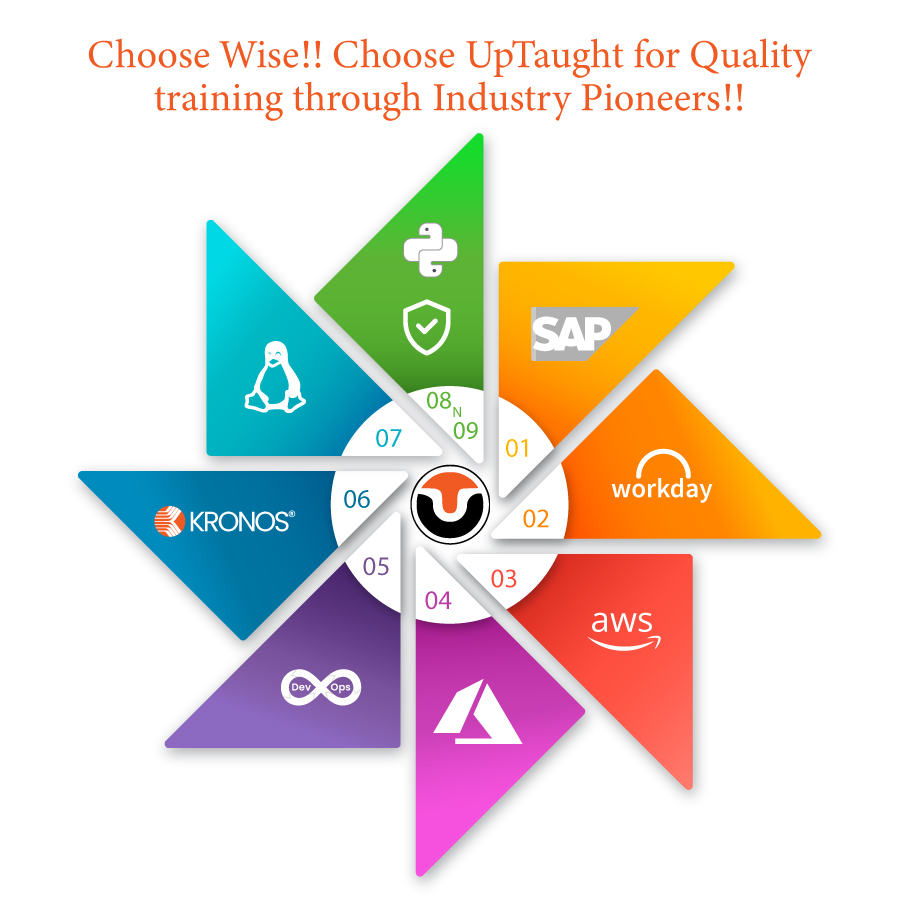Workday:
Workday will demonstrate its single-architecture, cloud-based corporate applications, and management series, which integrate finance, HR, and analytics into one system.
Users can conveniently maintain and customize data collect from any relevant labor source as part of the platform.
It’s built to accommodate high-security requirements, rapid upgrades, compelling penetrations, and a minimal user interface across devices. As a result, anyone can learn how to use dashboards and configure them to acquire real-time actionable information.
Workday Integration:
Workday’s Integration Cloud Platform is an all-in-one Integration Platform-as-a-Service (iPaaS) for creating, implementing, and managing Workday integrations. It delivers a proven, enterprise-class platform that includes an Enterprise Service Bus (ESB) embedded as part of the Workday platform, as well as accompanying tools for managing and monitoring integrations right within the Workday UI. The Workday Integration Cloud also includes tools for establishing new integrations as well as pre-built and supplied connections to non-Workday applications. No on-premise middleware is required because all integrations are deployed and executed on Workday.
The Reason behind using Workday Integration
Clearly, you can use your own middleware technology to develop any interaction you need with the Workday API; MuleSoft, Boomi, TIBCO, or Oracle Fusion Middleware are just a handful of the middleware solutions used by Workday clients. However, there are a number of significant benefits to utilizing the Workday Integration Cloud:
- Workday’s user interface inherently exposes integrations. From within the Workday user interface, you can view the integrations, launch them, schedule them, protect them, incorporate them in Workday business processes, define notifications around them, and audit and log them.
- Workday software and hardware infrastructure power both bundled and custom integrations in our data centers. You don’t need to license or utilize any on-premise integration middleware technology, which makes it easier to create and manage integrations, especially when the bulk of them connect to Workday.
- Finally, Workday’s integration tools are particularly tuned for quickly establishing Workday-to-Workday connectors. The plumbing portions of integration-building are handled by purpose-built bundled components, allowing you to focus on the key business logic.
Overall, Workday’s packaged integrations and tools have been extensively tested in a wide range of demanding scenarios, and they provide a lower-cost, lower-risk approach to delivering needed integrations in support of your implementation.
What are the benefits of integrations, and how does Workday approach them?
- For a business to get the most out of its technological investments, it must be able to connect and share several applications, data sources, and processes fast with a steep slope of the position.
- Each client uses a unique combination of software and procedures. Integrating these numerous components is a critical task for any IT department, and it demands professional skills as well as an understanding of what a company wants.
- Workday integration allows a customer to be flexible in how they connect their processes to Workday apps.
- Many entries can be used to establish these integrations with connectors, switches, or an integrated development environment thanks to this framework (IDE).
- Any of these can be used in a variety of ways.
Hope you will like this article. For more interesting articles, please visit our website.
Thanks for reading!




